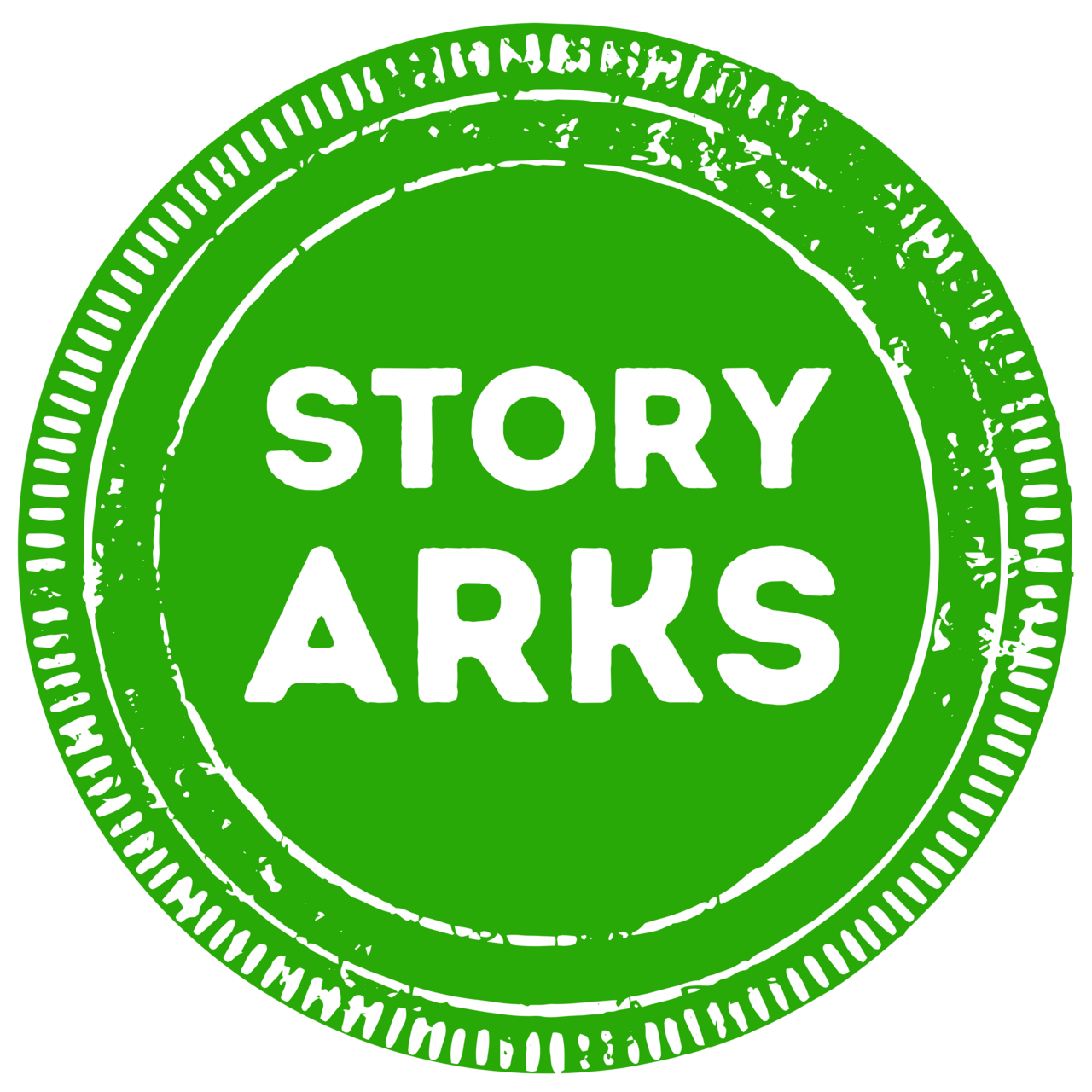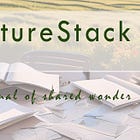🍃 Reciprocity: the interview
6 questions for Thalia Toha
Nature writer, n. A person who delights in paying attention, being astonished, and telling about it.1
“When it comes down, sometimes it pours. And writing is the visual imprint that serves as waterfalls, valleys, and riverbeds. It is the geographical materialization of what was fragmented and disconnected, now visibly flowing on paper in an interconnected system.” ~
Welcome to Season 2 of the Reciprocity interviews. My inbox is full of treasure in the form of lovingly observed writing about place, encounters both wild and gentle, imaginative kinship and renewed reciprocity. These thoughtful, talented writers kindled in me the desire to learn more about them.
Today’s guest, is an architectural preservationist and geographer. Her life’s work had led her from her family lineage in Sumatran super-volcanoes, to Princeton University, to insights in Architectural Digest, Homes & Gardens, & SELF. She is a map and tree house nerd.
I first encountered Thalia’s insightful, entertaining work via this post about the Eagle’s song, “Hotel California,” which has lived rent-free in my head since I was a kid. Her posts are embellished with artful illustrations, creating a memorable, immersive experience. Irresistibly, this essay began with an engaging multi-generational context and this provocative question:
“How could a song—about a place I’ve never lived in, by a band I know little of, from a time not contemporary to mine—made my eyes water like I was seeing water for the first time?”
Thalia’s newsletter, Story Arks, believes in exploring hidden ways that places impact our story arcs. It is an ark-full of her personal essays on literary places, stadiums, auditoriums, place-based songs and musicians, nature, villages, and historic places. This is a publication for those looking for quiet lives and places of thoughtful wonderment.
Why are you drawn to nature writing?
Writing about what’s around me brings me back to my childhood days when I would watch my grandmother write. Sometimes I wonder how she did it. We have a big family. So the kids would be running around. The adults would be laughing. But none of that would break her concentration. Hailing from the Sumatran supervolcanoes, it’s second nature for her to sit on her porch, gather thoughts as she looks at the trees, and translate her thoughts onto paper. She never says much.
But it is clear that she is a pure observational thinker. And whenever people make fun of those who simply sit and observe, dubbing them ‘lazy,’ sometimes I’d wonder: Isn’t thinking a robust alternative to the constant input from our devices? As I get older, my grandmother is constantly on my mind. Her way of life is something that I admire more and more. It takes a great deal of personal conviction to go against the grain without making a bunch of noise. And writing about what’s around me makes me feel closer to her.
How does writing about nature affect you, in your work or personal life?
Writing about what’s around me helps me control the quiet yet swirling chaos that is my mind. It isn’t so much that I am naturally a chaotic person. I’d imagine it’s akin to rain. When it comes down, sometimes it pours. And writing is the visual imprint that serves as waterfalls, valleys, and riverbeds. It is the geographical materialization of what was fragmented and disconnected, now visibly flowing on paper in an interconnected system.
How that translates into work and personal life, is in turn similar to the ways in which water forms give life to everything around them. It feeds everything. And it keeps the flood at bay. In a way, it helps me make sense of the odd and curious ways the world works (or more specifically, doesn’t work).
While outside, have you ever experienced feeling small, lost or in danger?
Growing up along the equator, the rainforest sometimes stretches all the way to the edge of the coast. I remember swimming by the coast once. Skyrocketing above the white sands, the rainforest would sit on a dramatic cliff drop. Below all that, I was immediately schooled on my size. Next to me was a stretch of shiny conch shells about the size of my head. Sometimes you could still see giant snail legs crawling out. But most times, they’re pretty shy. We’d swim for hours from dusk to dawn. No adult supervision.
After several days on shore one day, I remember suddenly realizing that the waves were pretty strong. I couldn’t seriously tell you what happened. But I was suddenly underwater with no idea of where’s up and where’s down. I was old enough to remember the stories my family told me about what to do in this scenario. So I stretched my limbs out to have a feel for where the ground might be. Unfortunately, I must’ve been further out than I expected, because my arms and legs didn’t reach any ground. It felt like forever. But it couldn’t have been more than a minute or so of sheer panic. Thankfully, my cheek brushed up against something hard. I could feel sand. I could feel hard sand. But before I gathered my thoughts, I could feel my legs being pulled back into the sea in a rip tide. I knew I had to act fast. I was pretty tired at that point so I knew I’d have trouble swimming parallel to the shore, which is what you’re supposed to do in a rip tide. But I used all my strength to get up on my feet and arms. And I did. When I caught my breath on shore, the rainforest up above felt a lot smaller than before. A lot further. Curious how a brush with death makes one all the more aware of scale.
What’s a favorite memory of nature from your childhood?
I remember climbing one of the many Ring of Fire mountains that line our equatorial string of islands. At that point I was already old enough to know to wear shoes just about everywhere I go. It wasn’t an easy climb. It just rained the night before. So the wet ground constantly sank under our feet. And the rocks were loose. Anyone who’s ever done a climb like this knows: it’s two steps forward and one step back. In my opinion: it’s harder than climbing dry ground. The summit we were supposed to reach was still a few hours away. And my friends and I were already panting. I could feel my heart jumping against my rib cage. I thought I was in shape. Turns out, not so much.
But then seemingly out of nowhere, a group of women carrying wicker baskets on their heads passed us by. They didn’t have their hands on the basket or their heads. Their neck and shoulders were steady as they climbed the steep drag incline. As they brushed up close to me, I noticed something strange. None of them were wearing shoes. And somehow, they were going up faster than any of us combined.
It just goes to show: nature doesn’t care how many fancy things we have adorned on our bodies. It only cares that we are ready, willing, and able to meet it—wherever it chooses.
What do you hope for, for your writing?
I always believe that everyone deserves to choose how their story ends, regardless of where they’re placed in life. My writing unpacks and explores hidden ways in which places impact our story arcs. The hope is that those who read it, can gain more clarity on how to make sense of the world. But more importantly: where they’re placed in the world. And what they can do about it to live a full and meaningful life. This is a simple yet bold mission. And I’m hopeful that people will join me in this journey.
A writer or other creative artist who makes you hopeful for humanity and the earth.
When I think of creative artists whom I admire, they live an unapologetically quiet life in the far corners of the world. Some have chosen a monastic living in the highlands where few care to search. Some have chosen a coastal living in a shed no bigger than our garages. And while I do admire majestic built environments that are clear evidence of human feat, I admire the conviction to root the self in personal choice. Wherever that might lead you. These people won’t want me to share their names. Though I feel lucky to have known them on a personal level.
More renown artists that also impacted my thinking are Kahlil Gibran (for his masterful wordsmithing about family and hope), Antonio Blanco (for his decided brushstrokes of coastal villages in my homeland), Maya Angelou (who to this day can still rip my heart in two with visceral words), and Lin Manuel Miranda (for his stage command that spans across stage and history).
Each season, we donate 30% of paid subscriptions to a worthy environmental cause. This season, it’s Indigenous Climate Action. They envision a world with sovereign and thriving Indigenous Peoples and cultures leading climate justice for all. Track past and current recipients here.
What did you enjoy most about this interview? I’d love to hear from you. Or share it with others by restacking on Notes, via the Substack app. Thanks!
Notes and links
If you’d like to participate in this interview series, please DM me on chat, or reach out via email: gabrielli-dot-julie-at-gmail. Find previous interviews here.
For more inspired nature writing and artwork from the best of Substack, check out the articles in our final edition of NatureStack journal.
In further service to Substack’s nature writers,
curates this lovely directory of nature-focused writers:thanks, Mary Oliver









Julie, I love your posts so much. Thank you for this wonderful interview — you are both brilliant.
I so love this--the inner and outer currents of water and the respect paid to the unsung human beings deeply connected to earth and art...